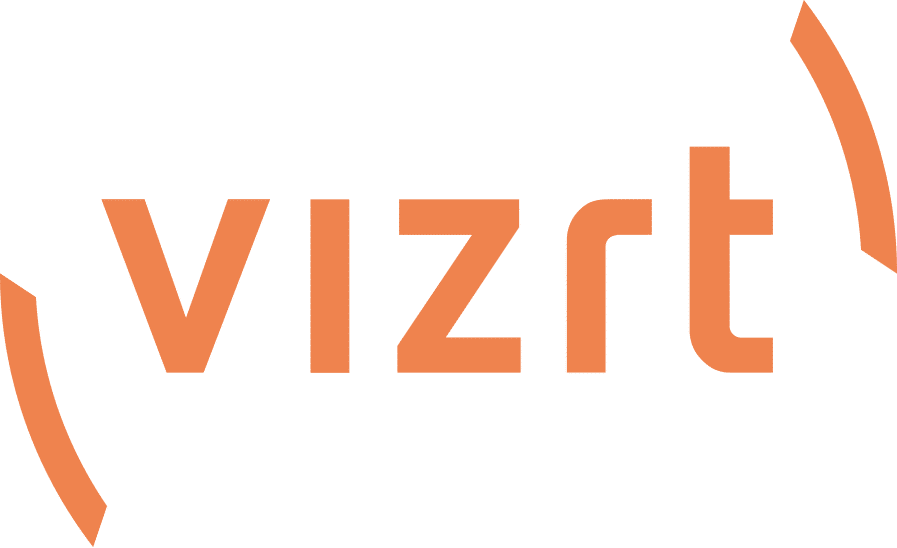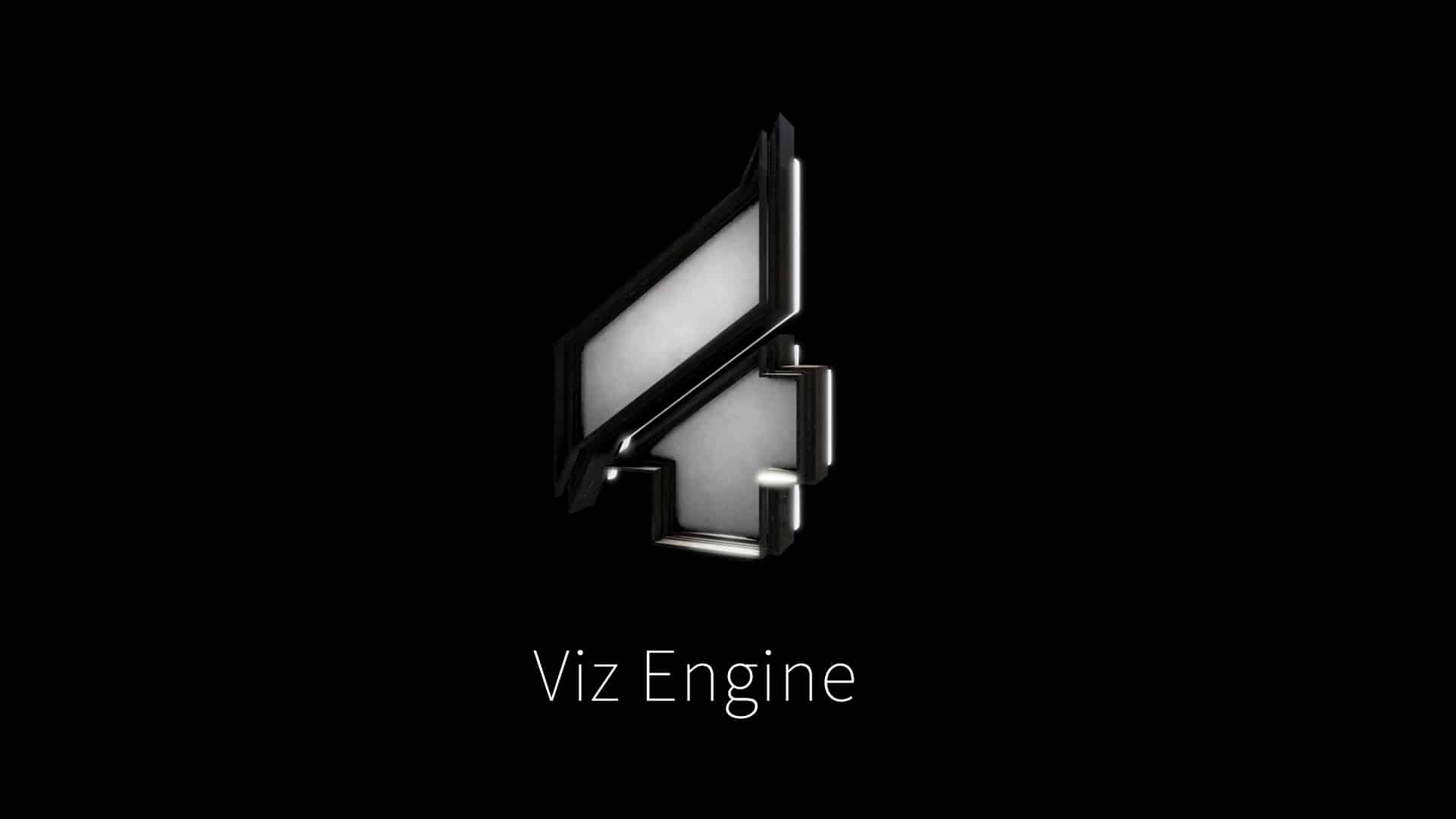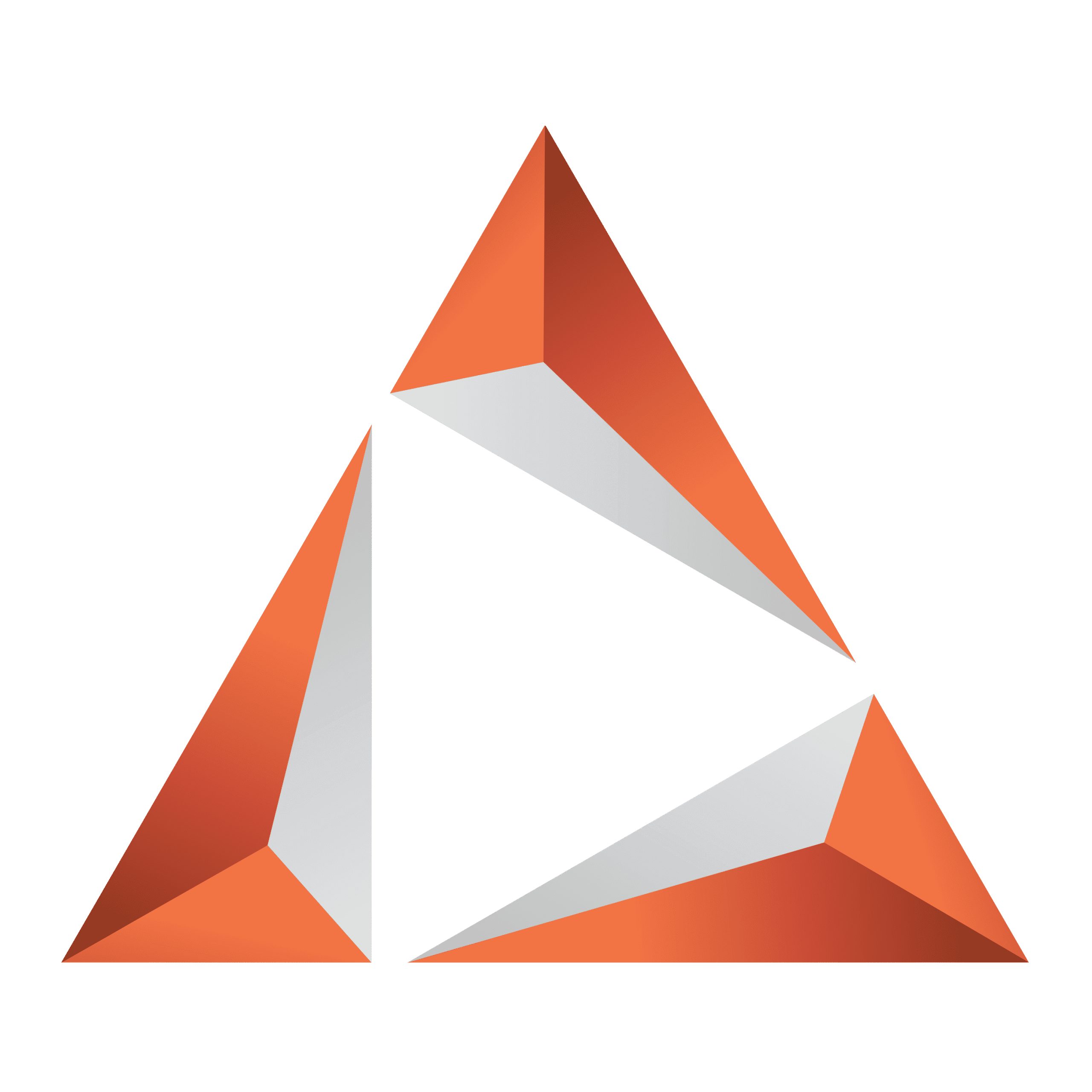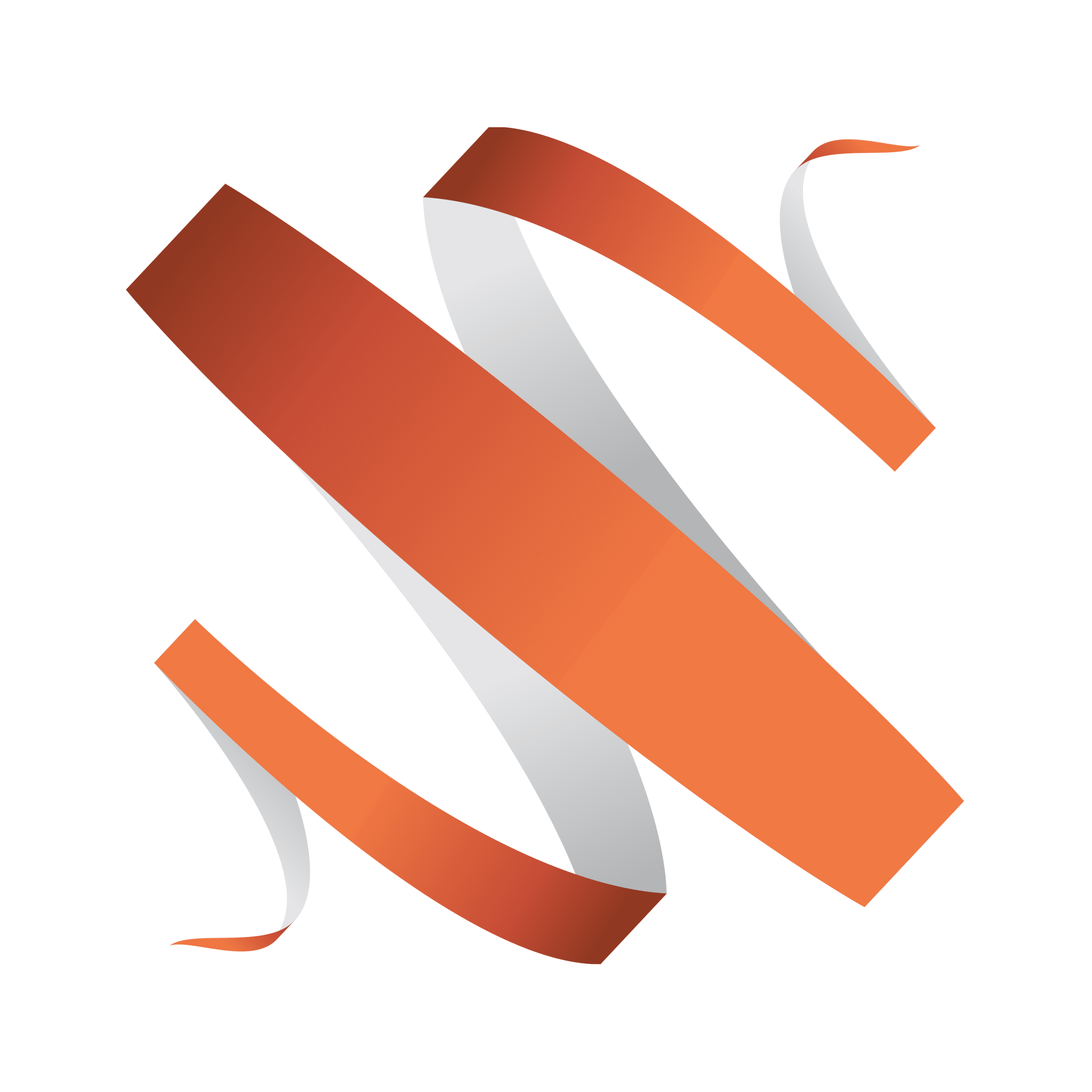The release of Viz Engine 4.2 completes functionality for all graphics uses- not only Virtual Sets and Augmented Reality. Anyone that has scenes created using 3.x versions, can directly use them with version 4.2, so upgrading is highly recommended.
A significant proof-point of the applicability of version 4.2 was recently demonstrated by a wide variety of organizations as they showcased the capabilities covering the 2020 U.S. elections with great success.
The platform flexibility of Viz Engine was demonstrated with multiple solutions provided for the election coverage including:
- Advanced broadcast graphics
- Virtual Studios
- Augmented Reality graphics
- Video Walls
- Interactive and data driven graphics
Viz Engine 4.2 introduces an increased integration for Sports use cases with a unified I/O approach. Sports applications like Viz Libero and Viz Arena use the Viz Engine I/O with sharing textures, depth maps and data between the two systems over a shared memory interface. The Shared Memory Unified Resource Format (SMURF) enables support for UHD resolutions and HDR color formats. More details of these advantages can be found in upcoming Viz Libero and Viz Arena releases.
Whether being in used in SDR or HDR productions, graphics colors are required to look the same. Viz Engine 4.2 introduces configurable color conversions between HDR and SDR workflows.
The latest browser-based HTML rendering is supported within Viz Engine using a browser plug-in with the updated Chromium Embedded Framework Library. Support for WebGL is part of the plug-in.
Improved Unreal Engine integration and workflow includes virtual Camera Flight and getting ready for UHD support. Other improvements include Gamma correction support and compensation of camera center shift. This release adds supports for UE version 4.2.5.
On top of performance improvements, the advanced Viz Engine Renderer in Viz Engine now comes with additional features including support for teleportation workflows where an additional input can be keyed in directly within a scene as a texture. The number of real-time dynamic lights is increased from 8 to 16 per geometry and light type. De-spill/foreground processing is now configurable for holdout areas. Screen Space Reflection for AR objects on real floors and SSR text reflections on other objects within the scene is now available. In addition, Razor Fonts now support text shadow casting.
Classic rendering additional features include multiple global magnifier instances and separate fill and key output for Viz Arena sports use cases.
The release comes with an updated version of Viz Artist that includes new features like Logic Maker that enables transition logic scenes to be created and simulated with ease.
Further information can be found at http://docs.vizrt.com/broadcast.html


















